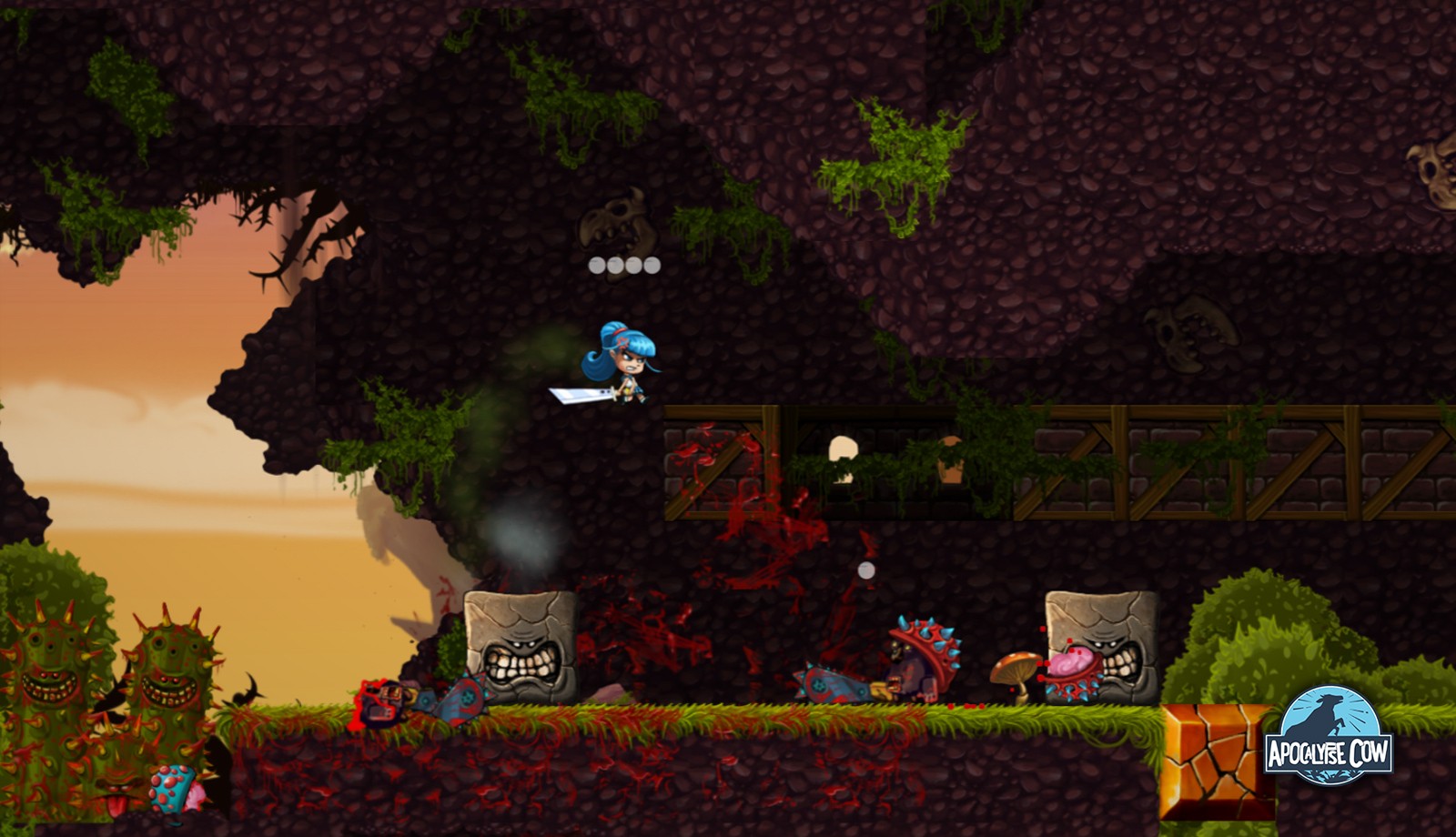
This, together with their very personal and embodied sense of the landscape then and now, taking in its depths as much as its surfaces, was quite difficult to relate to initially. At the beginning of my visit, a couple of ex-miners invited me on a walk with them along the coast and the technical terminology they used to describe the underground engineering of the mines was baffling.

Phoebe: Before starting this project I didn’t know very much about the history of north-east mining, the strikes or even the geology of coal. I was about your age when the miners’ strike finished, while you were born some years after it. I was interested to know how you would tackle this complicated project, not least because of the differences in our backgrounds and the more than 30 years’ age gap between us. To those children, miners were distant figures – hard-to-imagine grandas in their youth. We spent the afternoon drinking tea at the Welfare Park, walking in the Dene, and gluing pieces of felt onto a miners’ picnic banner with the Creative Youth Opportunities group, to which you kindly invited me. You were beginning the second week of your residency. Katrina: Phoebe, our first meeting took place in Horden, in August 2019. In this conversation, the authors compare their approaches to the commission, and discuss their relationship to each other as writers, as the project developed. The sequences that comprise Sea Change respond to the commission’s invitation ‘to look beyond’ that recent history, and imagine future prospects for the area.

That transformation is still underway, particularly within the coastal communities, some of England’s most economically-deprived, the ‘Billy Elliot’ country of the 1984-5 miners’ strike and subsequent pit closures.

Notorious for its ‘black beaches’ and perhaps the worst-polluted landscape in Europe, in the late 1990s it underwent an immense transformation, with the removal of 1.3 million tonnes of colliery spoil in a multi-agency clean-up, ‘Turning the Tide’. This dramatic 11-mile coastal stretch from Seaham to Hartlepool, now designated an Area of Outstanding Natural Beauty, including rare Magnesian Limestone grasslands, wildflower meadows and ancient wooded denes, was once the site of several of Durham’s last deep coal mines. In 2019, as part of the National Trust’s ‘People’s Landscape’ celebrations, New Writing North and Durham Book Festival invited writers to apply for a residency on Durham’s ‘radical coast’.


 0 kommentar(er)
0 kommentar(er)
